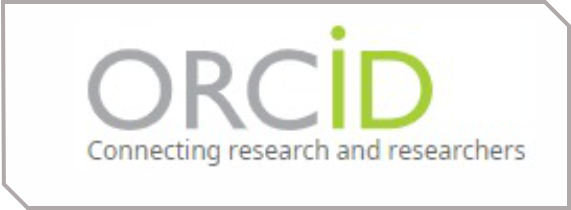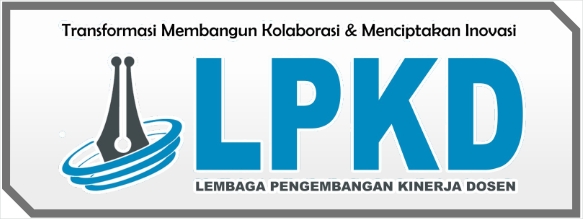Content Analysis Of English Textbook “Think Globally Act Locally” For Ninth-Grade Students Based On Curriculum 2013
DOI:
https://doi.org/10.55606/jurribah.v2i2.1792Keywords:
Content Analysis, English Textbook, Scoring Rubric, BSNPAbstract
The aim of this research is to analyse the suitable contents of the material in an English textbook entitled “Think Globally Act Locally” for ninth grade students of Junior High School focused on the accuracy of the materials based on BSNP (Badan Standar Nasional Pendidikan) by using rubric assessment. The research design of the research is content analysis with descriptive qualitative. The result of the research showed that not all chapters of the textbook entitled “Think Globally Act Locally” were appropriated by the criteria according to BSNP. The researcher found that only 68.75% of the materials that fulfilled the rubric criteria of BSNP focused on the accuracy of the materials. From the result, the researcher concludes that based on the rubric assessment, the accuracy of the materials in the English textbook entitled “Think Globally Act Locally” for ninth grade students of Junior High School appropriate with the content standard from BSNP and good to be used in the teaching learning process.
References
Apsari, Y. (1970). Teachers' Problems and Solutions in Implementing Curriculum 2013. Acuity : Journal of English Language Pedagogy, Literature and Culture, 3(1), 11–23. https://doi.org/10.35974/acuity.v3i1.620.
Brown, Douglas. 1994. Principles of Language Learning and. New Jersey: Prentice Hall.
Krippendorff, K. (2018). Content Analysis: An Introduction to its Methodology. New York: SAGE Publications.
Mirza, J. S. (1987). Learning english basic sounds through syllabic utterances. Applied Acoustics, 20(2), 129–136. https://doi.org/10.1016/0003-682X(87)90058-2.
Mitra, D., & Purnawarman, P. (2019). Teachers’ Perception Related to the Implementation of Curriculum 2013. Indonesian Journal of Curriculum and Educational Technology Studies, 7(1), 44–52. https://doi.org/10.15294/ijcets.v7i1.27564.
Padmadewi, N. N., Artini, L. P., & Nitiasih, P. K. (2019). Revitalizing Teaching English as a Foreign Language Course for 21st Century Learning. 335(ICESSHum), 59–68. https://doi.org/10.2991/icesshum-19.2019.10.
Pendidikan, K., Kebudayaan, D. A. N., & Isi, D. (2013). Dokumen kurikulum 2013.
Prihantoro, C. R. (2015). The perspective of curriculum in Indonesia on environmental education. International Journal of Research Studies in Education, 4(1), 77-83.
Suherdi, D. (n.d.). Towards the 21st Century English Teacher an indonesian perspective.
Sugiyono, 2009, Metode Penelitian Kuantitatif dan R&D, Bandung: Alfabeta.
Sugiyono. (2021). Metode Penelitian Pendidikan (Kuantitatif, Kulaitatif, dan R&D, dan Penelitian Pendidikan). Alfabeta, 1–908.
Tarigan. H.G. and Djago Tarigan. 1992. Telaah Buku Teks Bahasa Indonesia. Bandung: Angkasa.
Tomlison. (2003) stated that textbook provide a map of the learning path for teachers and students.
Downloads
Published
How to Cite
Issue
Section
License
Copyright (c) 2023 Ria Rizky Rahmadhani, Sri Handayani

This work is licensed under a Creative Commons Attribution-ShareAlike 4.0 International License.

















